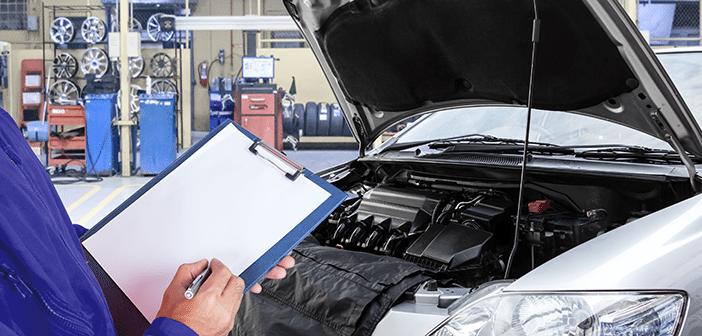Let’s face it – service customers can be really hard to please sometimes. Despite the best efforts of dedicated dealership fixed-ops professionals, auto repair-related issues are traditionally among the most commonly-cited consumer complaints. Although many of these grievances may be the result of customer misunderstandings, the accusations may result in significant legal liability and reputation damage. Fortunately, these issues can often be avoided by establishing processes for better communicating with customers and managing their expectations.
Regulations governing auto repairs vary from state to state, but taking a conservative approach can help service departments avoid misunderstandings, stay off the legal radar, and increase customer satisfaction. Here are some recommended best practices:
- Proper documentation and communication is essential. Only perform repair work that has been authorized by the customer and make sure to keep the customer informed. Even if it’s not legally required in your state, it makes sense to always provide a written estimate before doing any work. The estimate should itemize the parts to be used and the method of repair. The customer should sign the estimate, so that there is no question that the shop has permission to proceed with the work.
- If a customer is not present to sign an estimate, such as in a tow-in or after-hours drop off situation, the shop should prepare an estimate and contact the customer by telephone, text, fax, or e-mail for approval before any work is started, including diagnosis. The customer’s authorization should be properly documented.
- The estimate should state clearly if any used, rebuilt or reconditioned parts are to be used in the repair. If some of the work will be done at a different shop (sublet), it should also be noted on the written estimate or work order.
- Always get the customer’s authorization for additional parts and service before doing repairs that exceed the original estimate. Some states require that all additional work must be authorized even if the cost is one dollar more than the estimate, while other states allow a variance of 10 or 20 percent before authorization is required. Be sure to stay within your state’s guidelines. If it is determined that it will take additional work and will cost more to repair the vehicle than the original estimate, the customer should be contacted, the additional work and cost described, and permission obtained to proceed.
- The shop should stick to the method of repair and not substitute parts or change the repair method without the customer’s prior consent.
- If a teardown is necessary in order to give the customer an accurate estimate, the dealer should first give the customer a written estimate which includes the total cost of the teardown along with the cost of reassembling the vehicle, and replacing gaskets, seals, and other parts destroyed in the teardown. A notice should also be given that the vehicle or component may not be able to be re-assembled or restored to its former condition. After the teardown, the shop should prepare a revised estimate and contact the customer for permission to do the repairs. If the customer decides not to proceed with the work, the vehicle should be reassembled within the cost quoted unless reassembly proves impossible.
- When the customer authorizes the written estimate or work, he or she should be allowed to request that the shop return any parts that were replaced. If the dealer must return the replaced parts to the supplier under a warranty or core charge, the dealer should make an offer to the customer to show the replaced parts.
- Keep a written record of all work performed as well as parts supplied and always prepare a final invoice which describes all repair work, including all warranty work; all parts supplied, and all labor performed. Always give copies of all estimates, work orders and final invoices to the customer. Protect yourself – if a dispute arises you may be required to show proof that repairs were properly authorized or that you complied with all applicable laws.
- If a guarantee is offered with the repair, it should include all pertinent information, such as what the customer must do to have the guarantee honored; the term, time or mileage the guarantee is good for; what is excluded, if anything; whether the guarantee is prorated; and whether the customer can transfer the guarantee to a new owner if the vehicle is sold.
- Avoid making any statements, written or oral, that may be misinterpreted as being untrue or misleading. For example, shops are sometimes accused of using “scare tactics” or false promises to coerce a customer to authorize unnecessary repairs. Be sure to have justification for any repair recommendations to avoid potential legal headaches.
- Avoid advertising a service at a price which may be considered misleading. For example, advertising a service where the dealer knows the advertised price cannot usually be performed in a “good and workmanlike” manner without additional parts, services or labor; unless the advertisement clearly and conspicuously discloses that additional labor services or parts are often needed.
Most importantly, be sure to establish clear procedures for effectively dealing with complaints before the situation spins out of control. Customers will often give the dealership the opportunity to correct a perceived problem before they contact authorities or post a negative review. Why not take advantage?








